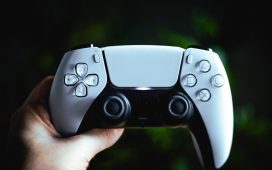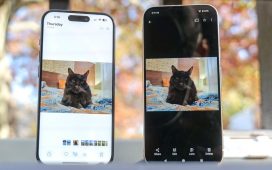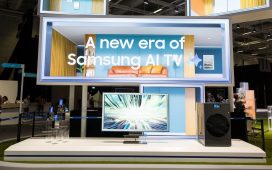Like TCL, Samsung Display showcased the first QD-LED, or NanoLED, display at Display Week 2024. The 18-inch prototype is fully inkjet-printed. The new display technology, where electricity is applied directly to the quantum dots (no LED or OLED required), was once known as QLED among researchers, before "QLED" was repurposed as a marketing term for modern LCD TVs. Today, it goes by many names, including QD-LED, NanoLED, QDEL, QD-EL, or electroluminescent quantum dots. Some believe that the technology could someday replace OLED.18" Samsung QD-LED display
You may recall that Sharp Display exhibited a 12-inch prototype at CES 2024 with 1972x720 resolution (167 ppi), in partnership with Nanosys. At the industry show Display Week 2024, TCL CSOT showcased a larger 14-inch prototype with 2.8K resolution.Samsung's 18.2-inch QD-LED (NanoLED)
Samsung Display's prototype is the largest so far, measuring 18 inches with 3200x1800 resolution (202ppi) and 250 nits brightness. - "Samsung Display introduces the industry's first 18.2-inch QD-LED display. This next-generation self-emissive technology features QD RGB pixels emitting light directly through current drive without the need for OLED. It offers a wide color gamut and high color accuracy, and the stable material properties of quantum dots promise high manufacturing efficiency, garnering significant anticipation," the company announced.2025/26 at the earliest
The company noted that the display is produced entirely with inkjet printing, which can help reduce production costs compared to today's self-emitting display types such as OLED. However, the challenge remains the lifetime of the blue quantum dots. Samsung did not provide an update on the lifetime. QD-LED, or NanoLED, is still in the prototype stage, but the new owner of Nanosys, Shoei Chemical of Japan, has plans to accelerate development. It previously aimed for commercialization in 2025/2026 at the earliest. At Display Week 2024, Samsung Display also showcased its latest advancements in micro-OLED for VR, QD-OLED panels for TVs and monitors, and ultra-thin OLEDs for mobile devices. FlatpanelsHD covered these developments in our article from January here.










